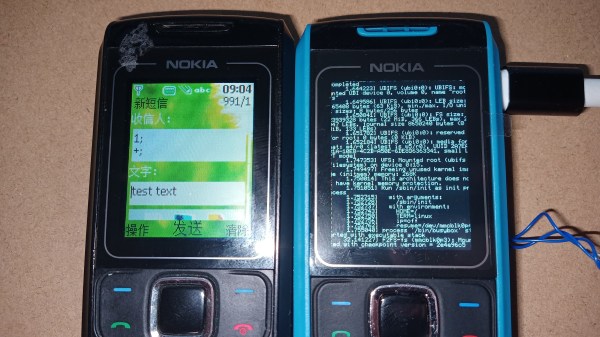Modern smartphones try and provide a number of useful features to their users, and yet, they’re not exactly designed with human needs in mind. A store-bought smartphone will force a number of paradigms and features onto you no matter whether you want them, and, to top it off, it will encroach on your privacy and sell your data. It’s why self-built and hacker-friendly smartphone projects keep popping up, and the MikroPhone project fills a new niche for sure, with its LTE connectivity making it a promising option for all hackers frustrated with the utter state of smartphones today.
MikroPhone is open-source in every single aspect possible, and it’s designed to be privacy-friendly and easy to understand. At its core is a SiFive Freedom E310, a powerful RISC-V microcontroller – allowing for a feature phone-like OS that is easy to audit and hard to get bogged down by. You’re not limited to a feature phone OS, however – on the PCB, you will find a slot for an NXP i.MX8M-based module that can run a Linux-based mobile OS of your choice. MikroPhone’s display and touchscreen are shared between the Linux module and the onboard MCU, a trick that reminds us of the MCH2022 badge – you get as much “smartphone” as you currently need, no more, no less.
The cool features at MikroPhone’s core don’t end here. The MikroPhone has support for end-to-end encrypted communications, kept to its feature-phone layer, making for a high bar of privacy protection – even when the higher-power module might run an OS that you don’t necessarily fully trust. Currently, MikroPhone is a development platform, resembling the PinePhone’s Project Don’t Be Evil board back when PinePhone was just starting out, and just like with PinePhone, it wouldn’t be hard to minify this platform into a pocket-friendly form-factor, either. The PinePhone has famously become a decent smartphone replacement option in the hacker world, even helping kick off a few mobile OS projects and resulting in a trove of hacks to grace our pages.













